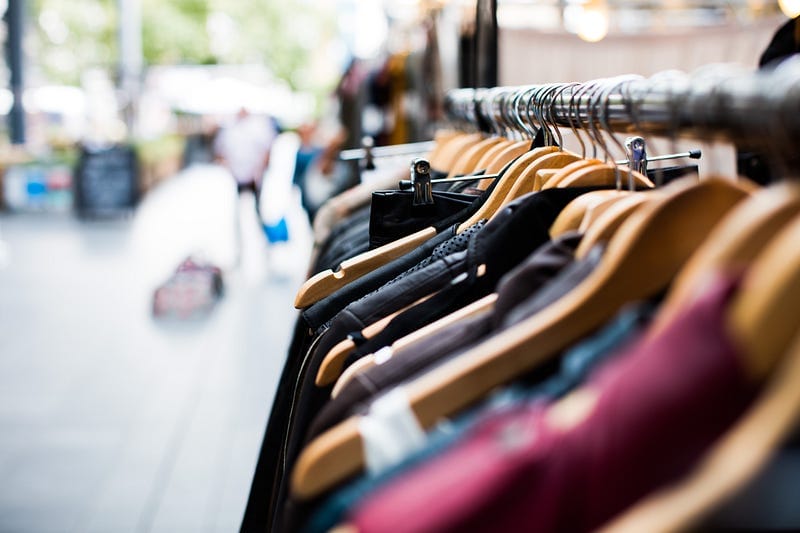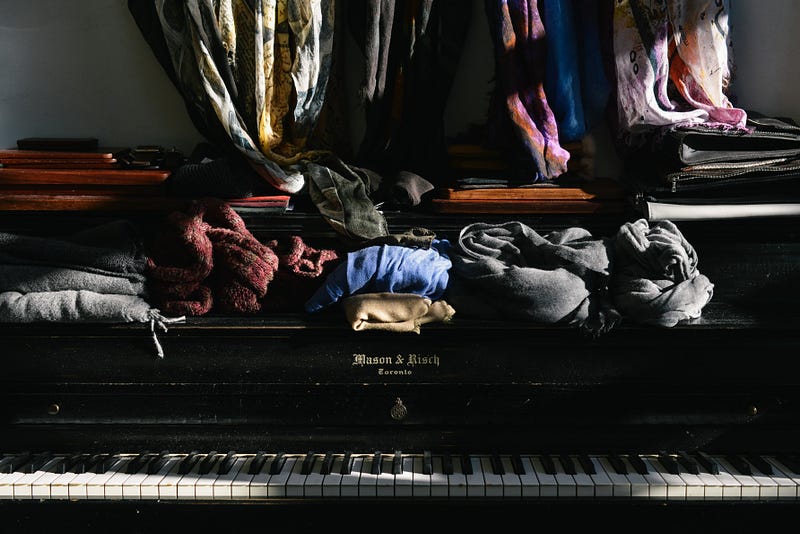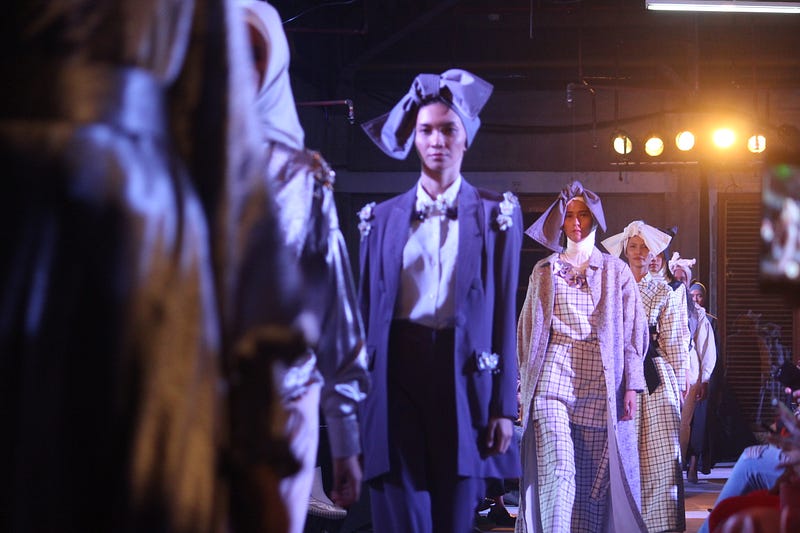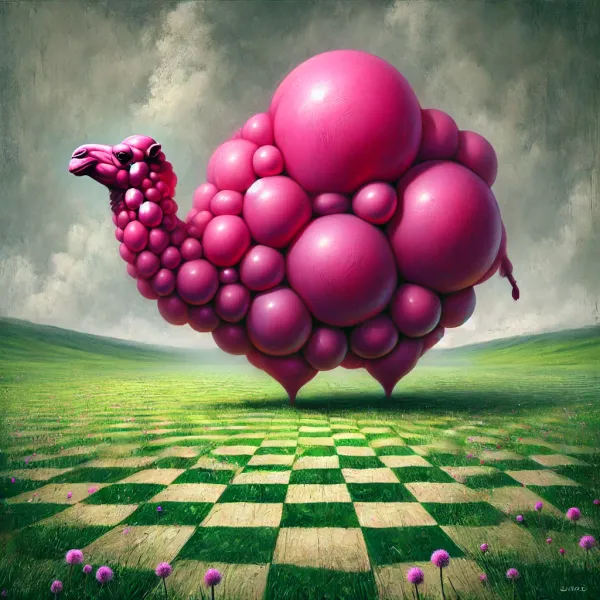101 things that can be different in the future: #3 clothes
Are you ready for a world in which you put your used t-shirt in the organic waste bin?

Recently I watched the “Back to the Future” series with my kids. Haven’t seen those films in quite a while, I did not remember that the future scenes in the second part are actually situated in 2015. My kids were amazed: “But Mama, I was already born in that year!” For them, it was impossible to believe, that someone could have seen 2015 as a far distant future.
Besides the tech gadgets and the screens which were everywhere in the house (not so far away from the truth of 2015 :)), it was the clothes that stuck in my mind.
To explain: Marty is wearing a self-adjusting jacket, which can speak and has an automated drying function, and high sports shoes, which close themselves. (Doc’s outfit, though much more colorful with a tie of transparent plastic just shows, that it was already clear back in 1985 that plastic will be the fashion material of the future.)
This raised for me the question: Where are we with smart clothes in 2022? And yet even more interesting: where are we going with our clothes?

Smart clothes are not exactly a new topic. The start of this part of fashion is dated back to (wait for it, what a coincidence!) 1985. Harry Wainwright, the so-called grandfather of e-clothes, created the first sweatshirt with a display (1).
After that, it took a while. Bluetooth was invented in the middle of the 90s. New production methods came. But only with the smartphone (iPhone release 2007) did the research really kick-off. Because suddenly everybody has a visualization device with him all the time.
Still, smart clothing is a niche. It seems although the average consumer loves other wearables, like all kinds of trackers, smartwatches, etc., clothes have a different meaning in our society.
Anyhow, there are very interesting products on the market. There is the “Snap Spectacle 3” (https://www.spectacles.com/uk/shop/spectacles-3/). Okay, not exactly clothes, but these glasses are right out of a sci-fi movie.
As you see in the youtube link: these glasses add augmented reality to the boring real reality (real reality is that a thing? probably more and more, maybe topic №4)).
Another interesting piece, this time real clothing, is the Nadi X yoga pants.
They look like ordinary yoga pants, but they have included vibration sensors, pushing you into the right position when trying a yoga pose. (https://www.wearablex.com/pages/how-it-works).
You can also find socks, athlete clothing, also sheets. But honestly: although big names like Levis and Tommy Hilfiger offer something, it does not seem that those clothes are their iPhone.
What other trends can be seen in clothes?

Let’s have a look at clothes through the lens of the megatrend green economy.
There the fashion industry has a long way to go. The fashion industry is responsible for double the CO2 emissions as aviation and maritime transport together.
20% of the global wastewater comes from textile dyeing processes.
And: Over 500 billion dollars are lost per year due to a lack of recycling and clothing utilization (2).
In the European Union currently, only 1% of second-hand textiles are recycled into new clothing. This is believed to be a growing and demand market in the years to come since people are getting more conscious about their purchase choices.

Another ongoing trend is to rent clothes. Renting has become a major thing in the fashion industry threatening the big player with their traditional business models. It is believed that this market will reach a value of 2billion dollars by 2025.
Although those two trends address the sustainability issues of modern fashion it still leaves us with the issue that the textile industry is still known for its low level of energy efficiency in production (3).
But there is hope.

In 2021 scientists at the University of Rochester and the Delft University of Technology announced their breakthrough in 3D printing. They were able to print algae into living, photosynthetic material (4).
The scientific group is positive that those materials, which seem to be resilient, can be used for a variety of applications. One is artificial leaves able to perform photosynthesis just like the real stuff.
Or in fashion as a bio-degradable fabric for clothes. Also in this form, the material would be able to absorb CO2 from the surroundings and perform photosynthesis. And it does not need to be washed as often as conventional textiles, saving water along the way.
Bearing all of this in mind: Are you ready for a world in which you put your used t-shirt in the organic waste bin?
This article is part of the series 101 Things that can be different in the future. If you are interested in any specific topic or have other signals to show please comment or reach out to me
.
Sources and signals:
(1)https://www.retail-insight-network.com/comment/smart-clothing-timeline/
(2)https://earth.org/data_visualization/the-9-biggest-fast-fashion-statistics/
(4)https://www.sciencedaily.com/releases/2021/05/210503104821.htm




